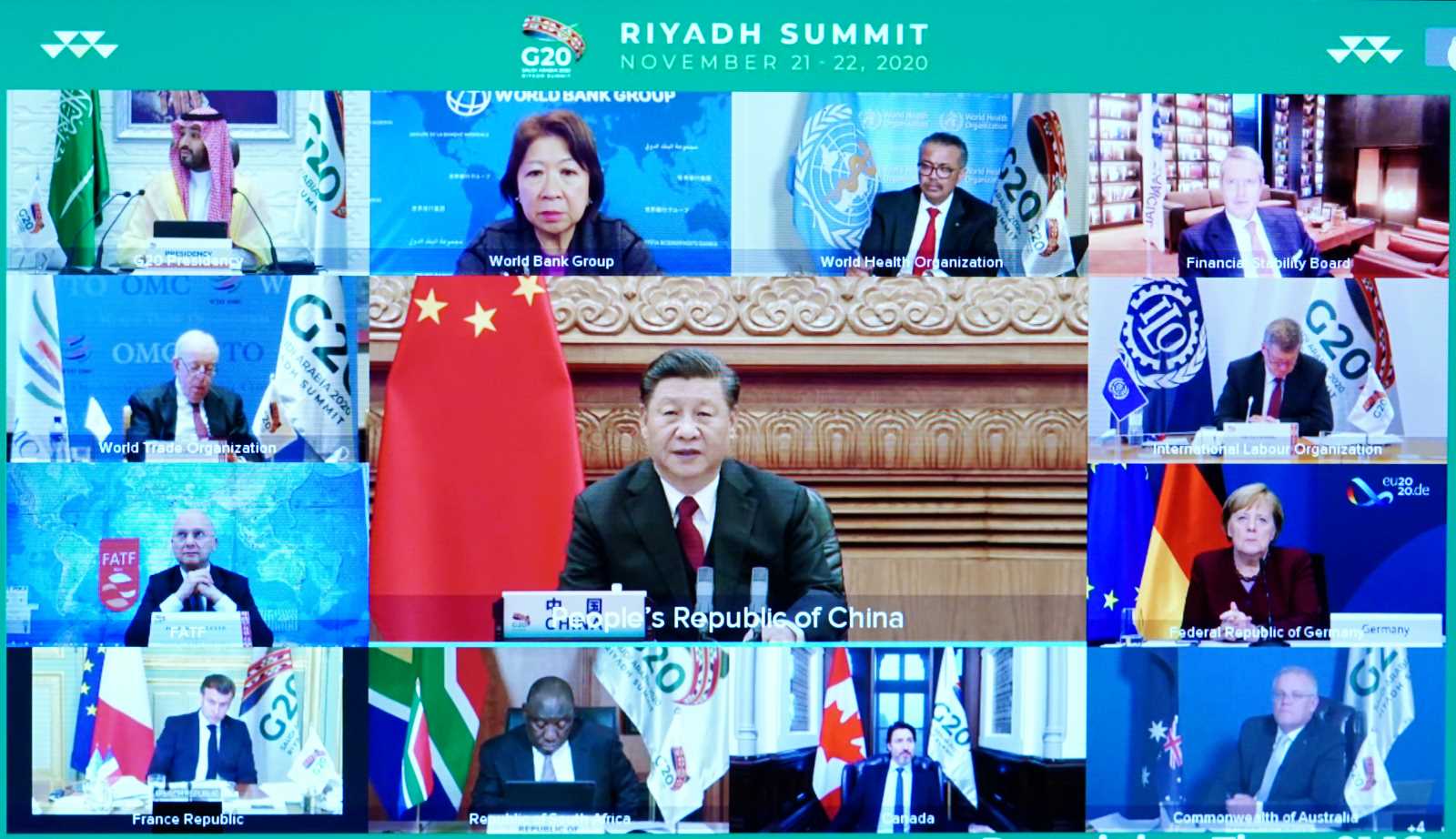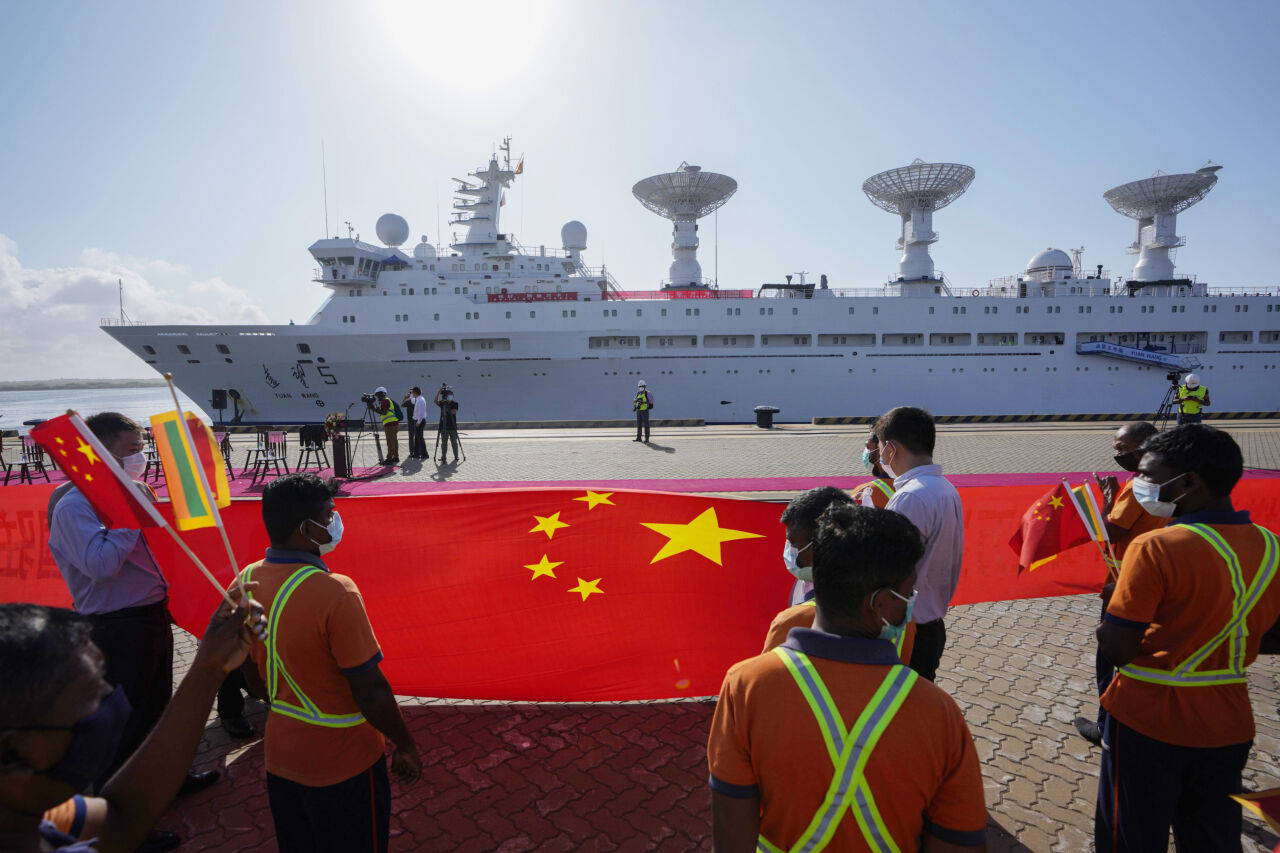Following the East Asian model
Threat to the west or model for the rest?
Oxford University Press, 2007, 432 p.,
$ 35, ISBN 0-19-920834-4 978-0-19-920834-0
Randall Peerenboom is an optimist. In his view, the People’s Republic of China is modernising in a similar way other Asian countries did before. The authoritarian regime is laying the foundations for a prospering economy, not least by investing in institutions and in human capital. “China is far from perfect,” Peerenboom remarks in his conclusion, but it could be far worse.
The author believes China is following the “East Asian Model” of other nations that have caught up with the world market. China may similarly be heading for democracy and human rights in the long run, the law professor from the University of California’s Los Angeles campus argues, though that result is far from certain.
Peerenboom acknowledges that rich-country governments may find it difficult to cooperate with China, as that country’s rise to power challenges the current world order. However, he points out that Beijing does not have a record of risking international chaos. Moreover, the costs of failure to keep the peace would be prohibitively high to all parties involved.
Peerenboom knows that China is a brutal dictatorship, but he insists that it is making progress in terms of living standards of large sections of the people. He notes that rule of law and good governance are highly correlated with wealth, and thus expects the legal system and government institutions to further improve as China becomes richer. He emphasises that the People’s Republic outperforms many other countries with similarly low income levels in terms of social and economic rights as well as governance.
The arguments are plausible and supported by a host of data. Official statistics from China, however, are not entirely trustworthy, and those assembled by the UN, the CIA or non-governmental organisations are based on estimates and have credibility problems of their own. Therefore, it takes a measure of faith to be convinced by Peerenboom. It is undeniable, however, that industrialisation has literally steamed ahead in China; and Chinese society has certainly opened up since the Mao Era.
It therefore makes sense to discuss China as a model for other developing countries. Peerenboom does not belittle shortcomings. He considers his insight a “bitter pill” that at low levels of wealth is “likely to be counter-productive”, whereas stability serves development. In China, Peerenboom writes, stability was maintained “at considerable cost, including to the exercise of civil and political rights”.
Peerenboom also presents some less controversial lessons for other developing countries. He stresses sound macroeconomics, while stating that China neither embarked on radical privatisation nor opened up financial markets. He applauds the government’s attention to rising inequality and its reform measures in the interest of the broad majority. “Perhaps the most important lesson for other countries is that a pragmatic approach to reforms is essential,” he writes. (dem)












